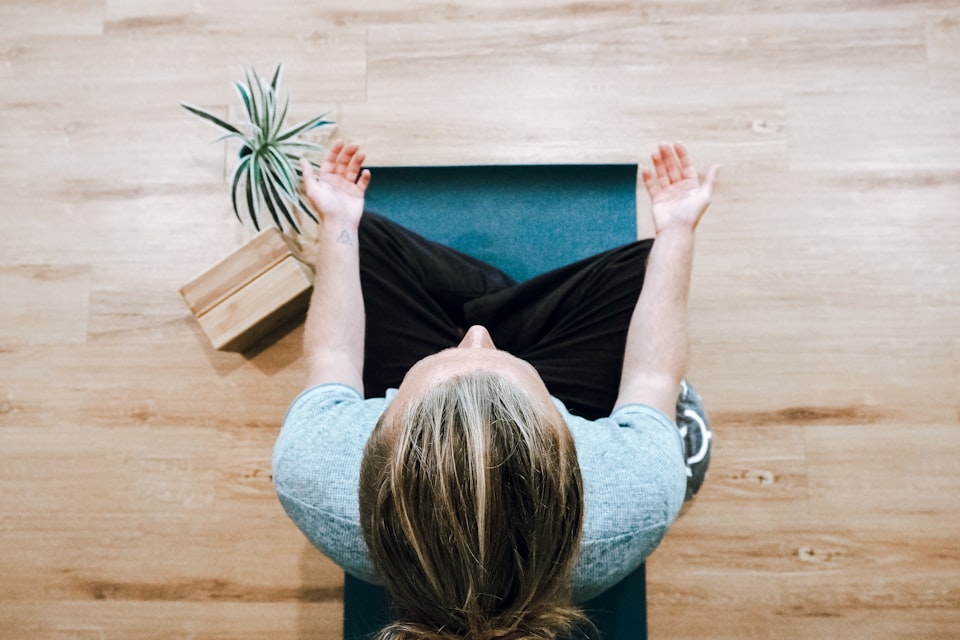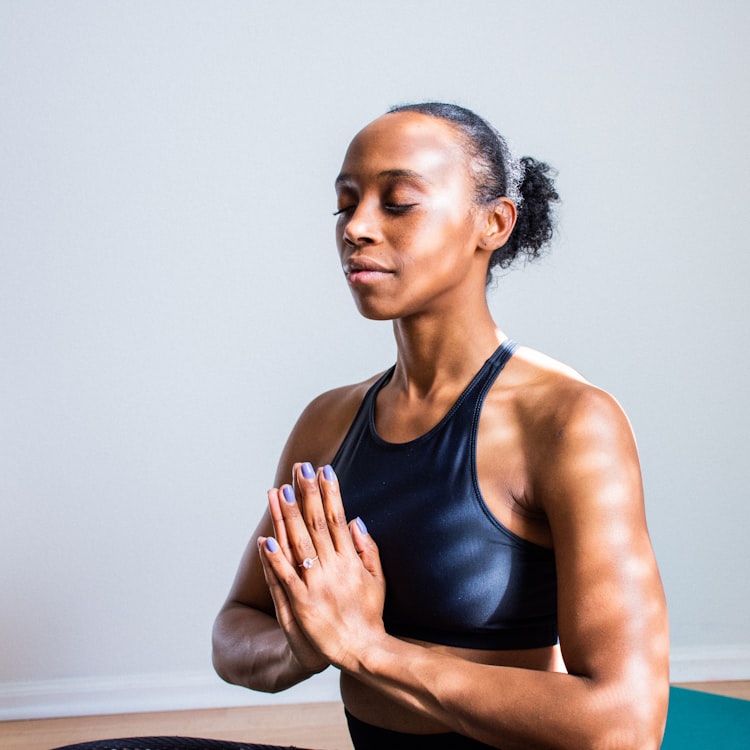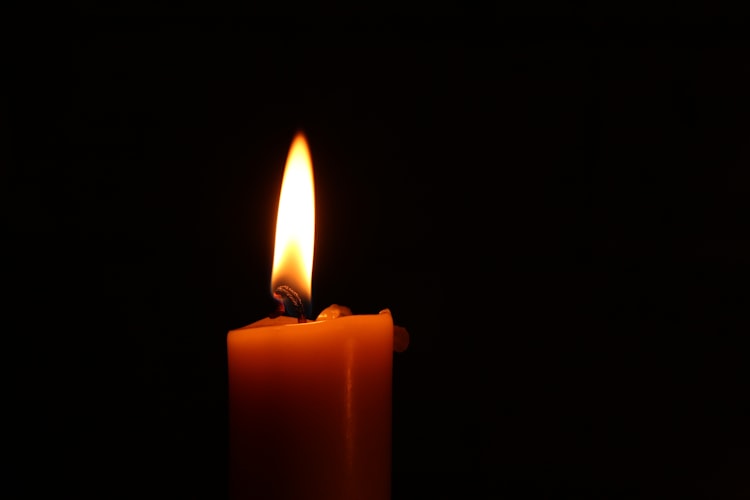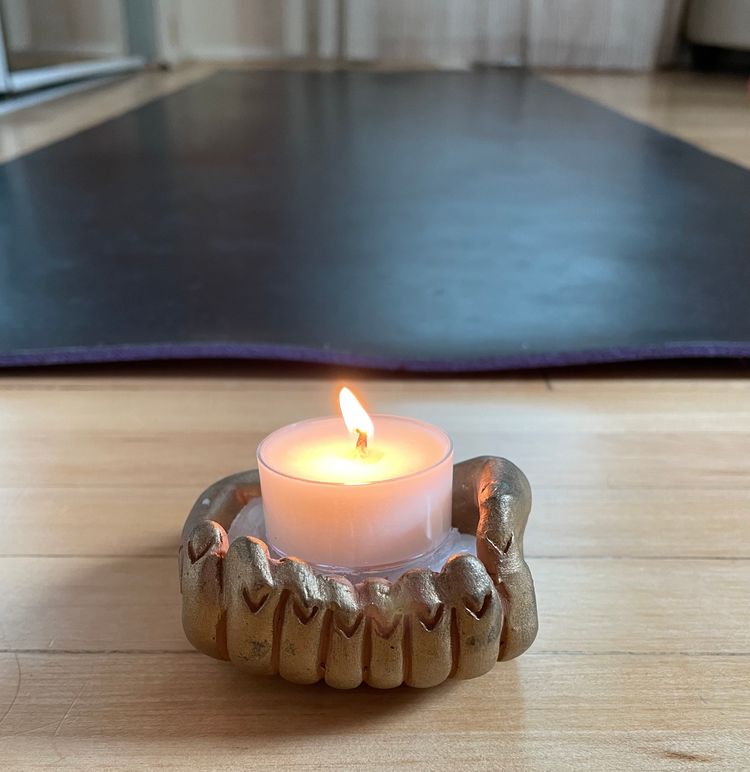3 Pranayama Practices to Bring Ease

There are many Pranayama or breathwork practices out there. Below are three simple practices that bring ease. They are also some of my favorite practices! I have found that all three of these practices help to clear my mind, settle any nervous energy, and allow me to be more present throughout my day. There are many benefits to these practices and more science behind the how and why. I don't want to go into too much depth with this particular post because I think part of the beauty of these practices is to experience the effects for yourself. Sometimes when I am so focused on understanding the why behind something I lose out on the magic of the simple practice. So have fun with it, take your time and really feel the benefits for yourself! Enjoy!
Sama Vritti Pranayama
Sama Vritti is a pranayama practice where the breath is matched, or equal for both inhale and exhale. Sama is a Sanskrit word that means "equal." Vritti translates to "mental fluctuations."
Sama Vritti can be practiced on its own or can be the guiding breath throughout a yoga practice. The goal of this breath is to be smooth and steady. It should not be rushed or strained. This practice soothes the mind and body. It is a simple breathing technique that has positive effects for *basically all practitioners. *In general, I try to stray away from making blanket statements. I have found that more often than not there are exceptions to the "rule."
To Practice:
1. Find an easy seat. Feel free to elevate your hips by sitting on a block or bolster. You can also sit on a chair.
2. Close your eyes and take a few rounds of breath to enter into stillness and prepare for the practice.
3. Once you feel settled, slowly begin to shape the breath. Unlike ujjayi pranayama, there is no constriction in the throat. The shaping of the breath really comes by making the inhale and exhale matched in duration.
4. Silently count the inhale and silently count the exhale. Perhaps for a count of four. But again, whatever is most comfortable and natural for you.
5. There is truly very minimal effort here. Just breathing in and out.
6. Feel free to drop the mental count of the breath or you can keep the count if it is helpful for you.
7. You will feel the benefits of this breath after just a few cycles. You can practice meditation or flow through a yoga practice with this breath.
Nadi Shodhana Pranayama
Nadi Shodhana or alternate nostril breathing is a pranayama practice that aims to bring balance. Nadi is a Sanskrit word for "flow" or "channel." Shodhana is a Sanskrit word for "purification."
Nadi Shodhana can be practiced on its own, before meditation, or at the beginning of a yoga class. This pranayama practice brings both the right and left hemispheres of the brain into balance, clears both channels of the nostrils, improves the ability to focus the mind, and can bring an overall sense of ease.
To Practice:
1. Find an easy seat. Feel free to elevate your hips by sitting on a block or bolster. You can also sit on a chair.
2. Close your eyes and take a few rounds of breath to enter into stillness.
3. Bring your pointer and middle finger to the base of your thumb.
4. Bring your hand to your face, thumb on to rest your right nostril, ring finger to rest on your left nostril. No finger is pressing in to a nostril at this point.
5. Exhale out of both nostrils.
6. Press your ring finger into your left nostril and breath in through your right nostril.
7. Release the plug on your left nostril. Plug your right by pressing your thumb gently into your right nostril. Exhale out of your left nostril.
8. Keeping the finger placement the same, take a breath in through your left nostril.
9. Release the plug on your right nostril. Plug your left by pressing your ring finger gently into your left nostril. Exhale out of your right nostril.
10. Keeping the finger placement the same, take a breath in through your right nostril.
11. Continue this pattern for at least one minute. I generally practice for about 10 minutes or until I can feel a softness in my face, mind, and heart.
Dirgha Pranayama
Dirgha Pranayama or three-part breath is a diaphragmatic breath that uses the abdomen, diaphragm, and chest to take a full yogic breath. Dirgha is a Sanskrit word that roughly translates to "long in space", "deep" or "prolonged."
This breathing practice can be done in preparation for meditation, for meditation, or for a yoga practice. The focus of this breath is to move away from chest breathing and feel the effects of a true, complete breath that utilizes the full capacity of the lungs.
To Practice:
1. Find an easy seat. Feel free to elevate your hips by sitting on a block or bolster. You can also sit on a chair.
2. Close your eyes and take a few rounds of breath to enter into stillness.
3. As you inhale, feel your belly expand first. Visualize the breath moving upwards expanding through your ribcage and upper chest.
4. As you exhale, feel a contraction first through your upper chest, then your ribcage, and finally your navel draws in towards your spine.
5. Complete this simple wave-like pattern of breath for as many rounds as you would like.
6. This simple breath can be done as a pause between activities, to settle the mind and body before meditation or during a yoga practice.





